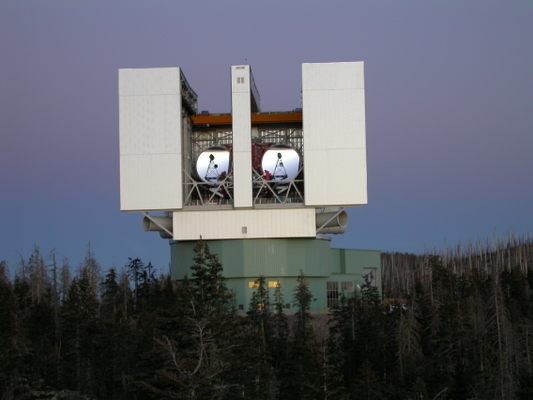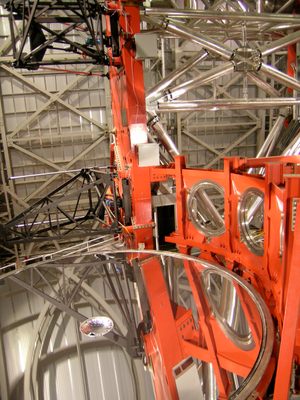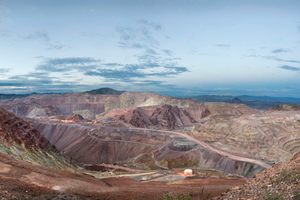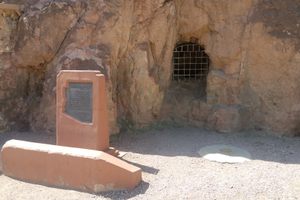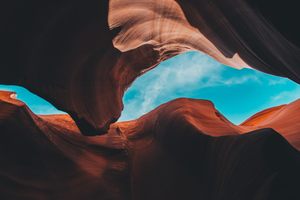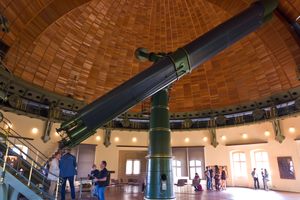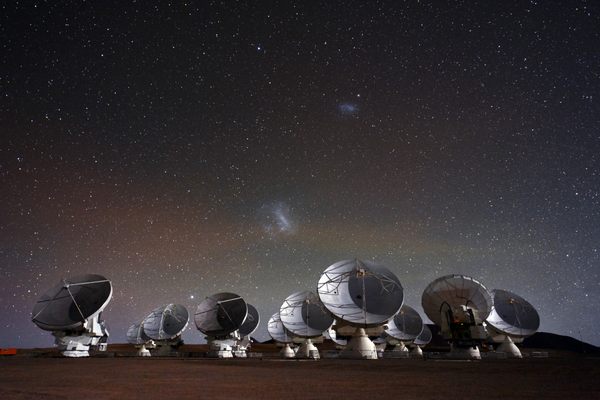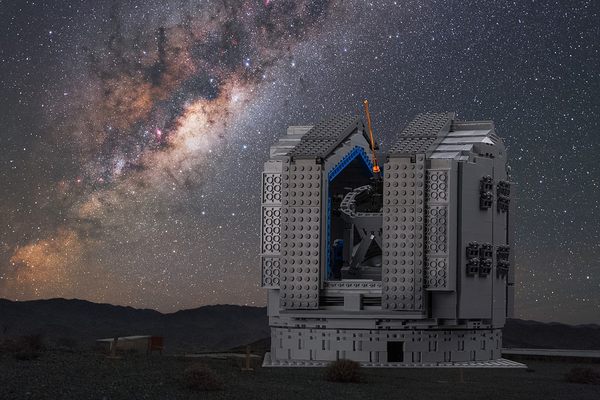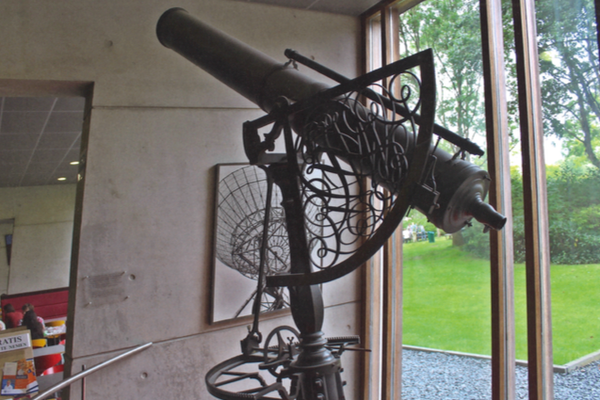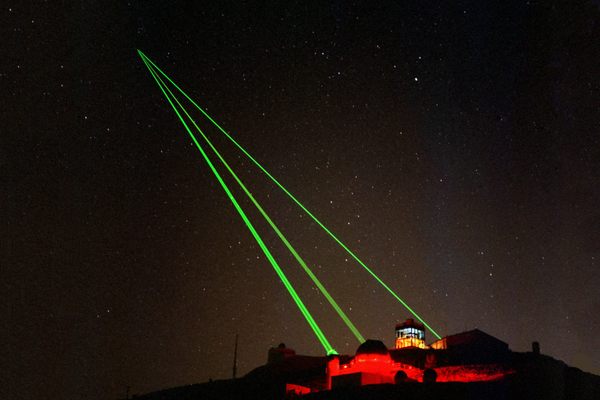About
Binocular vision, binocular being Latin for double eye, is an amazing trait. So valuable is having double eye vision that all animals have two eyes or more. The first reason being that if you lose one eye you have a spare, the second being that it greatly expands your field of vision. In humans, among many other animals, this binocular vision is taken a step further by having our two eyes both point forward. While this gives us a narrower field of vision than say, a bird, it also gives us a special ability, stereopsis or the ability to see one image with depth perception.
In the world of telescopes, having two eyes has just as many advantages. The LBT or large binocular telescope is currently considered the largest telescope in the world, and while it does not have the largest single mirror, what it does have is two very large -- each 27ft across and weighing 17.7 metric tons each -- mirrors positioned next to each other like giant eyes. Together the mirrors allow for the combined resolution of a 75ft telescope, the light gathering surface of a single 39ft mirror and a better clarity, than the Hubble Space Telescope, which is of course located IN space.
Situated in the Arizona Pinaleno Mountains, (Arizona is the location a disproportionate number of telescopes, presumably in part because of the geography and weather) the huge LBT, which cost over $120 million to build, had its massive mirrors crafted in the University of Arizona's nearby Steward Observatory Mirror Lab one of the few places in the world where over 20 tons of glass can be heated red hot and spun into a perfect parabola at roughly 2,130 degrees. They then polish the glass to a level of accuracy that is "3,000 times thinner than a human hair."
Though there was some controversy during the building, involving both the local Native American San Carlos Apache tribe and environmentalists who were concerned about a species of endangered squirrel, by the time the telescope got to work with both mirrors in (known in the telescope as "seeing first light") January 2008 most of the concerns had died down or been resolved.
Today the telescope is busy taking stereoscopic images of spiral galaxies, the crab nebula, and peering deep into the universe all the way back to its very beginnings.
Related Tags
Published
November 21, 2009
Sources
- http://medusa.as.arizona.edu/lbto/
- http://en.wikipedia.org/wiki/Large_Binocular_Telescope
- http://news.bbc.co.uk/2/hi/sci/tech/7282385.stm
- http://www.100hoursofastronomy.org/component/content/article/191
- http://www.tucsonweekly.com/tucson/eyes-to-the-sky/Content?oid=1084952
- http://en.wikipedia.org/wiki/Binocular_vision

